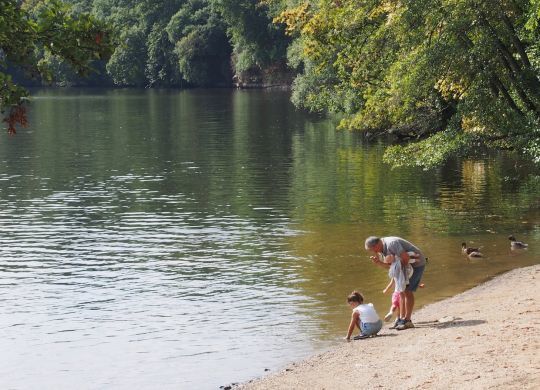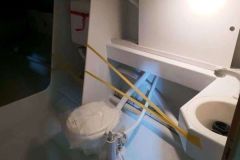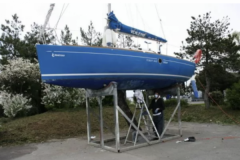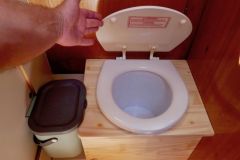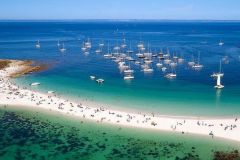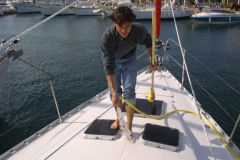The days when it was considered normal to discharge one's effluents, while casting a pudique veil on what happens after the hull pass are over. We have become aware of our impact on the aquatic environment. Black water tanks have become widespread on recent boats, but they are expensive, difficult to install on an old boat and not very comfortable to use. The dry toilet solution is a viable alternative, provided that we overcome the few prejudices attached to it.
A large volume of dirty water for very little
The reticence is mainly intellectual. In our imagination, sanitation means running water, possibly tinted with blue. However, the quantity of clean water used for the simple flushing of the toilet is enormous. This mass of soiled water must be treated before being released into the natural environment. Worse, it must be transported and it is hard to imagine burning energy to move such a large volume of dirty water. Venting the tank also has its disadvantages: with each use and despite the carbon filters, the surroundings of the boat are filled with effluents that leave little doubt as to the content of the tank. Finally, the tank has to be emptied at regular intervals and it is not very pleasant to schedule your stopovers based solely on the availability of pumping equipment.
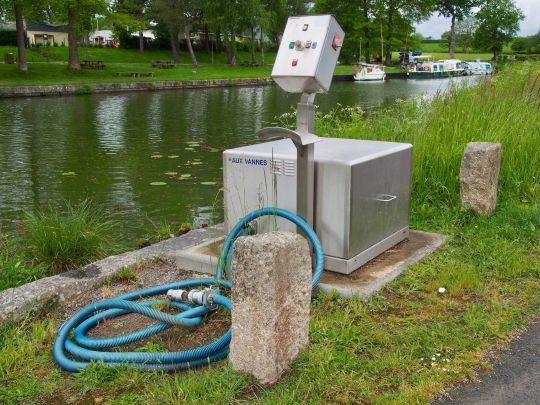
A simple and light alternative
It is of course possible to use a chemical toilet with cassette, a treatment station on board, or fixed installations on land, as long as you are moored in a civilized place. Not always easy to assume when sailing on a boat with comfortable equipment... Dry toilets are a simple and inexpensive alternative. Their main advantage is that they do not require water. This truism is not really a truism: it means less soiled volume to store on board, less weight and above all no need to pump out the effluents.
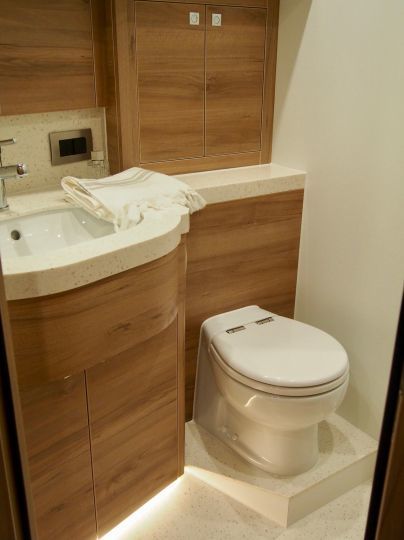
A solution that can be adapted to almost any boat
How does it actually work? The most basic system is a simple bucket with a lid that contains litter, sawdust or wood shavings. A simple addition of litter after each use absorbs moisture and contains odors. The bucket can then be emptied into a composter or, failing that, into a suitable waste garbage can. For more convenience, the bucket can be lined with a bag. Dry litter is just as hygienic as water and avoids odors. Its only drawback is that it does not give the illusion that everything disappears in one go. The main interest of dry toilets is their extreme simplicity and the possibility of installing them in all boats, including those on which no black water tank could be installed.
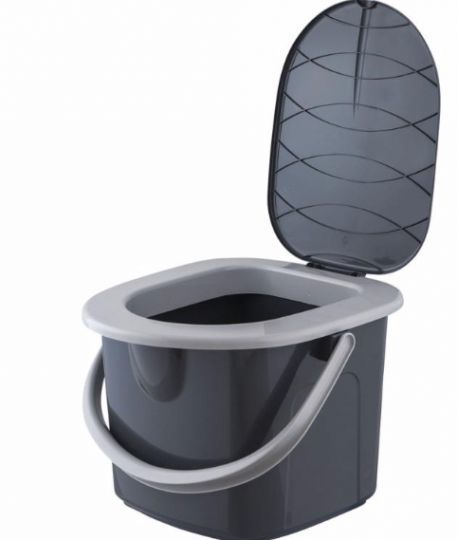
Finally very few constraints
There are more advanced and comfortable facilities than the simple bucket. They have a flap, a lid and an integrated sawdust tray. There are also systems with separators that allow liquids to be drained into one container and dry matter into another. These different models are available on the market, but their technical simplicity is such that it is easy to build them yourself. In use, one quickly realizes that the nuisances and constraints are minimal: no odor, no heavy storage, no pumping station to look for, no clogging and a good control of the system's capacity...
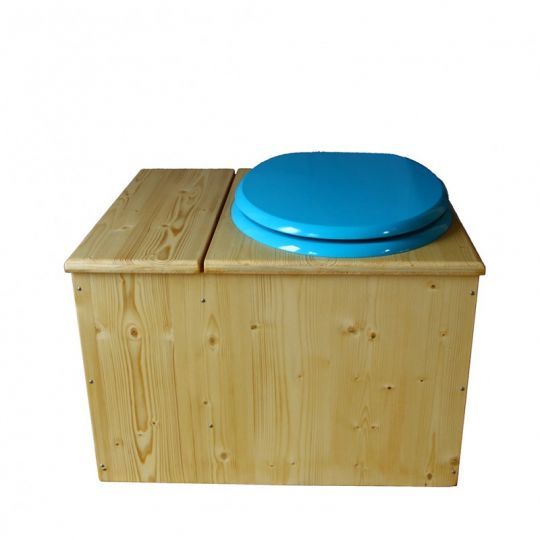
Marine toilets and dry toilets can live side by side
Dry toilets are a viable alternative to water toilets, especially in areas where there are no pumping stations. In any case, it is an option to consider when converting an old boat to more ecological rigor. It is much less complex than installing black water tanks in a boat that is not designed for this. It is also perfectly possible to combine the two systems. This is the choice made on board a number of mixed sea and river boats. Offshore they use marine toilets, near the coast or on rivers dry toilets.

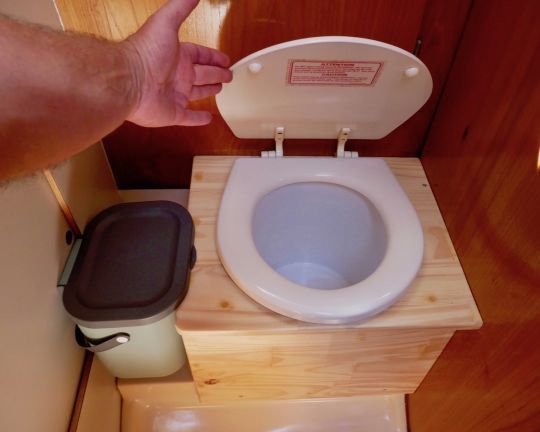
We all want to preserve the quality of our waters and do everything possible to prevent them from turning into a cesspool. The pumping of black water has not been convincing nor has it become widespread, to the point that only a small fraction of the yachting fleet actually uses it. Installing dry toilets is a simple and inexpensive way to become autonomous in this matter. It allows you to comply with the regulations, without accumulating a huge volume of dirty water that is difficult to dispose of. Are you ready to try to make your house cleaner?
